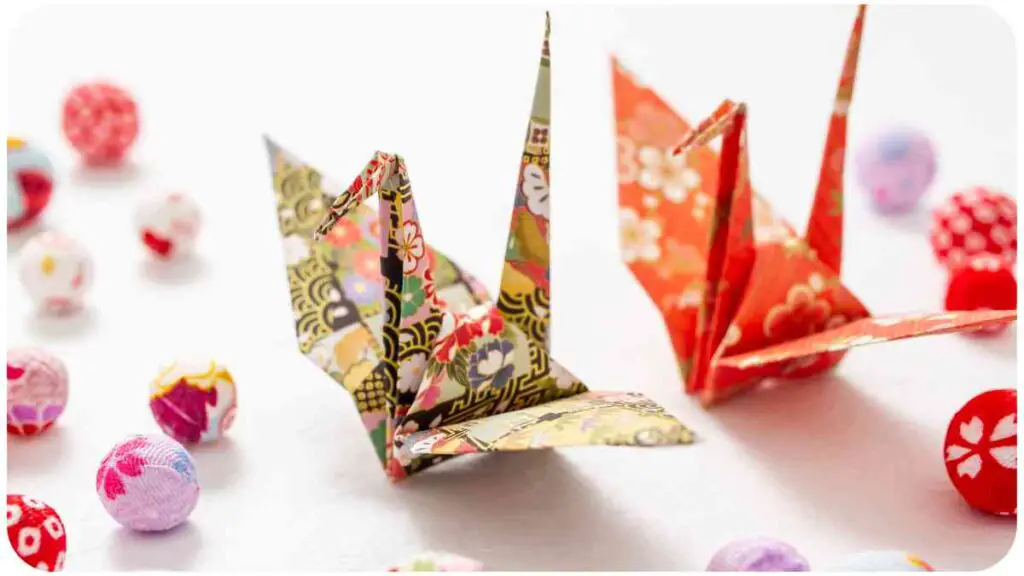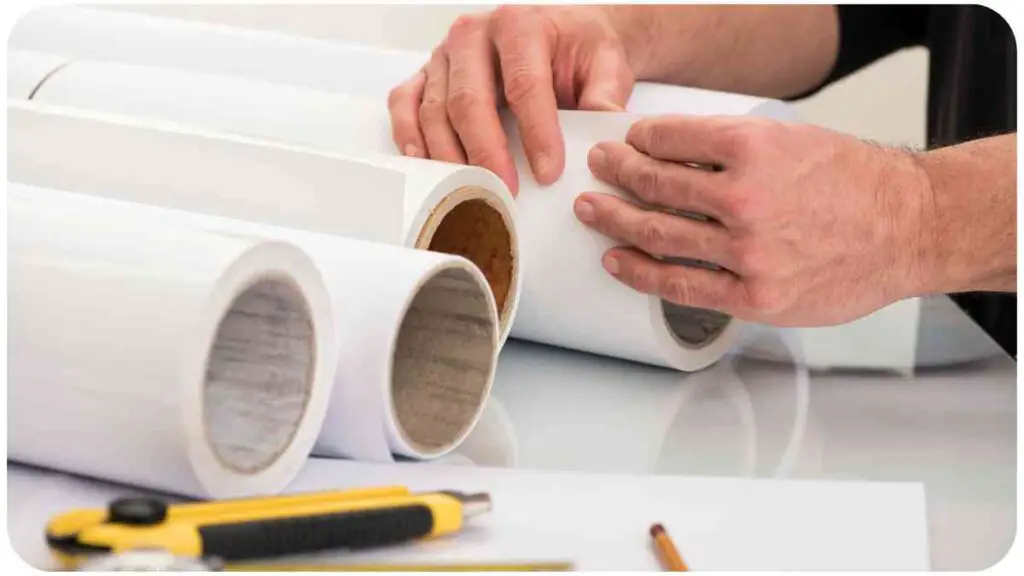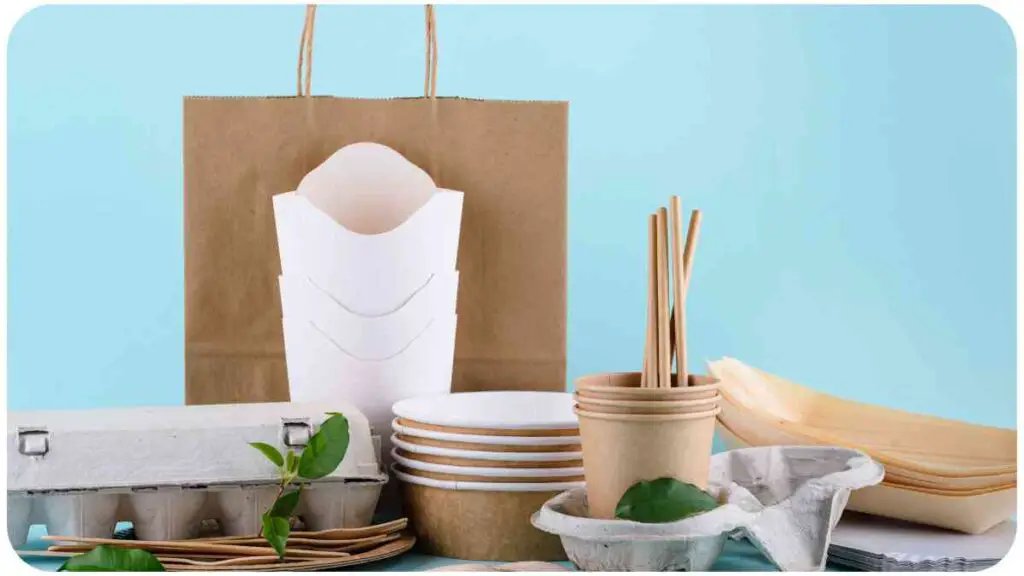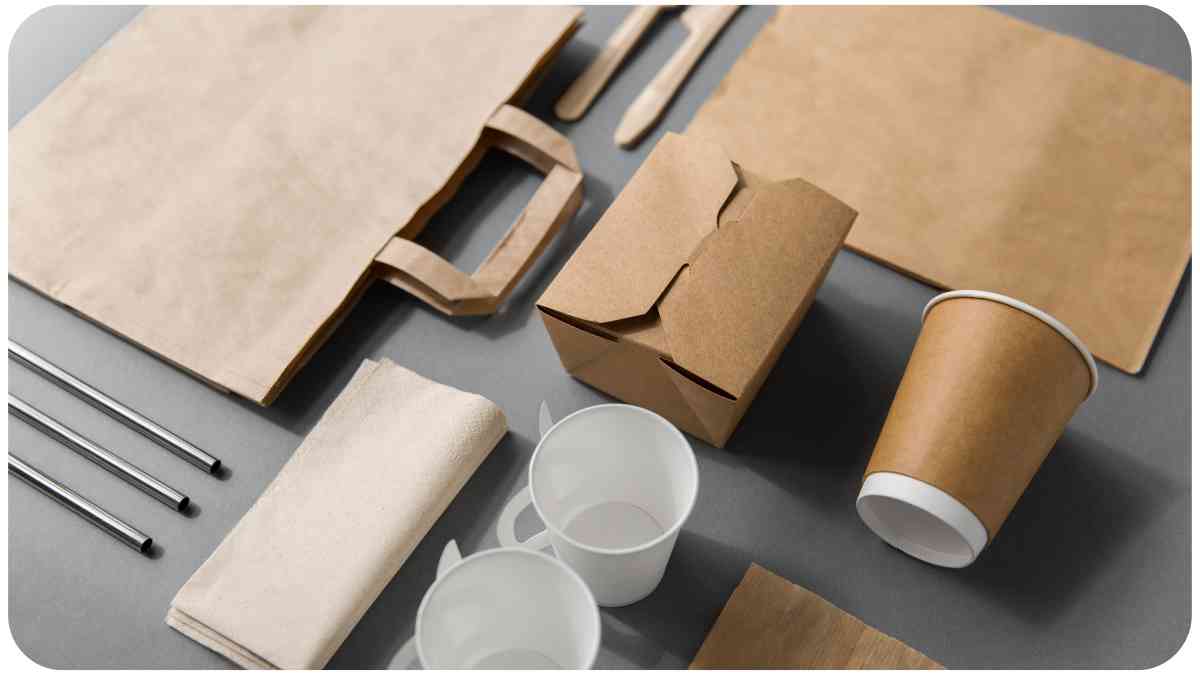Origami, the ancient Japanese art of paper folding, is not just about intricate folds and clever designs; it also heavily relies on the type and weight of paper used.
In this comprehensive guide, we’ll delve into the world of origami paper weight, helping you understand its importance and providing practical tips for choosing the right paper for your projects.
| Takeaway |
|---|
| Understanding the importance of paper weight in origami is crucial for successful folding. |
| Different types of origami paper, including traditional, washi, metallic, and duo-colored, offer unique characteristics for various projects. |
| Deciphering paper weight measurements, such as grams per square meter (gsm) and points (pt), helps in choosing the right paper for your needs. |
| Selecting the appropriate paper weight for your origami projects depends on the complexity of the design. |
| DIY experiments, such as making your own washi paper or adding metallic finishes, allow for personalized and creative origami experiences. |
| Sustainability in origami involves choosing eco-friendly options and adopting green practices. |
| Troubleshooting common paper weight issues, such as paper being too thick or too thin, is essential for a smooth origami process. |
| Online resources, such as buying guides and tutorials, provide additional insights and recommendations for origami enthusiasts. |
| Frequently asked questions cover common concerns about using different types of paper for origami. |
2. The Importance of Paper Weight in Origami

2.1 Understanding Paper Weight
Before we dive into the specifics, let’s grasp the concept of paper weight. Paper weight refers to the thickness and sturdiness of the paper, typically measured in grams per square meter (gsm) or points (pt). The weight of the paper significantly influences the outcome of your origami creations.
Explore the enchanting world of origami with this step-by-step guide, unraveling the art of folding paper into beautiful creations. Perfect for those diving into the intricate folds of paper crafting.
2.2 How Paper Weight Affects Origami
The paper weight directly impacts the ease of folding, the crispness of the final form, and the overall aesthetics of your origami piece. Different projects demand different paper weights, and understanding this relationship is crucial for success in the art.
3. Popular Types of Origami Paper
3.1 Traditional Origami Paper
Traditional origami paper is square, lightweight, and often features vibrant colors or patterns on one side. It is a versatile option suitable for a wide range of projects, from simple to complex.
3.2 Washi Paper
Washi paper, crafted from traditional Japanese fibers, adds a unique texture and strength to your origami creations. It’s favored for its durability and is an excellent choice for complex designs.
Elevate your paper crafting skills with “The Ultimate Guide to Card Making.” Uncover innovative tips and tricks to enhance your card-making projects, delving into the world of creative paper endeavors.
3.3 Metallic Origami Paper
For projects that demand a touch of luxury, metallic origami paper is the go-to choice. It comes in various metallic hues, adding a shimmering effect to your folds.
3.4 Duo-Colored Paper
Duo-colored paper, with different colors on each side, offers a dynamic element to your origami. It’s perfect for designs that showcase contrasting colors.
4. Deciphering Paper Weight Measurements
4.1 Grams per Square Meter (gsm)
Grams per square meter (gsm) is the standard measurement for paper weight. The higher the gsm, the thicker and more substantial the paper. For origami, a range of 70-90 gsm is commonly preferred.
4.2 Points (pt)
Points (pt) is another measurement, often used in the United States. One point is equivalent to 1/1000th of an inch. A higher point value indicates a thicker paper.
Delve into the world of vibrant creations with “How to Use Non-Toxic Paints.” This comprehensive guide ensures a safe and enjoyable painting experience, adding color to your crafting journey without compromising health.
5. Choosing the Right Paper Weight for Your Project

5.1 Simple Origami Projects
For beginners and simple designs, opt for a lighter paper in the range of 70-80 gsm. This facilitates easy folding without overwhelming intricacies.
5.2 Intermediate Origami Projects
Intermediate projects benefit from a slightly heavier paper, around 80-90 gsm. This provides the necessary stability for more complex folds.
5.3 Complex Origami Projects
Complex designs with intricate folds and multiple layers require a heavier paper in the range of 90-110 gsm. This ensures the structural integrity of the final piece.
6. How to Measure Paper Weight Without Tools
6.1 The “Feel” Test
If you don’t have a scale, the “feel” test is a handy way to estimate paper weight. Lightly squeeze the paper; a thinner sheet will feel more flexible, while a thicker one will resist bending.
6.2 The “Fold” Test
Another practical method is the “fold” test. Attempt a simple fold; if the paper creases easily, it’s likely lighter, whereas a stiffer fold indicates a heavier paper.
Unleash your creativity with “The Different Types of Beads.” Discover the diverse world of beads and their applications, offering insights that may inspire unique additions to your origami and paper crafting projects.
7. Expert Tips for Paper Weight Selection
7.1 Insights from Renowned Origami Artists
Renowned origami artists emphasize the importance of experimentation. Miyuki Yoshida, a master origamist, suggests trying various weights to understand how they influence your preferred designs.
7.2 Common Mistakes to Avoid
Avoid the mistake of assuming thicker is always better. Each project has its ideal paper weight, and choosing one too heavy may hinder your ability to achieve delicate folds.
8. Where to Find High-Quality Origami Paper
8.1 Specialty Craft Stores
Specialty craft stores often carry a diverse range of origami papers, allowing you to explore different textures, colors, and weights. Popular options include Michaels and Joann Fabrics.
8.2 Online Retailers
Online retailers like The Origami Paper Shop and Origami Shop offer extensive selections, providing the convenience of browsing and ordering from the comfort of your home.
Dive into the art of crafting with “DIY Fabric Dyeing.” This comprehensive guide explores fabric dyeing techniques, offering insights that may extend into the colorful realm of origami and paper crafts.
9. DIY Origami Paper Weight Experiments
9.1 Making Your Own Washi Paper
For the adventurous origamist, try making your own washi paper. This not only adds a personal touch to your projects but also allows you to customize the weight to your liking.
9.2 Adding Metallic Finishes
Elevate your origami creations by experimenting with metallic finishes. You can achieve this by applying metallic finishes to plain origami paper using metallic markers or by gluing thin metallic sheets onto the paper. This not only adds a touch of sophistication but also allows you to control the weight of the paper based on your project requirements.
10. Sustainability in Origami: Choosing Eco-Friendly Options

10.1 Recycled Paper
As environmental awareness grows, consider using recycled origami paper. Many brands offer recycled options that not only contribute to sustainability but also come in various weights suitable for different projects.
10.2 Sustainable Origami Practices
Reduce waste by adopting sustainable origami practices. Plan your folds carefully to minimize unused paper, and recycle or repurpose scraps for smaller projects or practice folds. Small steps contribute to a greener origami experience.
11. Frequently Asked Questions about Origami Paper Weight
11.1 Can I Use Regular Printer Paper for Origami?
While it’s possible, regular printer paper is often too thick for intricate origami folds. Opt for specialized origami paper in the recommended weight range for better results.
11.2 Is Thicker Paper Always Better?
Not necessarily. Thicker paper is suitable for complex designs, but for simpler projects, it can make folding challenging. It’s essential to match the paper weight to the complexity of your origami.
11.3 How Does Paper Color Affect Weight?
Paper color doesn’t directly affect weight, but it can influence the visual impact of your origami. Experiment with different colors to enhance the aesthetics of your creations.
12. Troubleshooting Paper Weight Issues in Origami
12.1 Paper Too Thick
If your paper is too thick, consider simplifying your design or choosing a lighter-weight paper. Thicker paper may resist folds, leading to frustration and potential damage to your creation.
12.2 Paper Too Thin
On the other hand, if your paper is too thin, complex folds may not hold their shape. Choose a slightly thicker paper for intricate designs to ensure structural integrity.
12.3 Paper Curling
Curling is a common issue, especially with thinner papers. To prevent curling, store your paper flat and avoid exposing it to high humidity.
12.4 Preventing Tears
To prevent tears during folding, handle the paper gently, especially when working on intricate folds. If tears occur, consider reinforcing weak points with a small amount of glue.
13. Conclusion
Mastering the art of origami goes beyond skillful folding—it involves understanding and selecting the right paper weight for each project. By considering the type of design and complexity, experimenting with different weights, and embracing sustainability, you’ll enhance your origami experience and create stunning, well-crafted pieces.
Further Reading
- Taro’s Origami: Buying Guide for Paper for Origami: Explore a comprehensive buying guide that provides insights into choosing the right paper for origami projects. Taro’s Origami offers valuable tips and recommendations for origami enthusiasts.
- Scrapbook.com: Understanding Paper Weight: Delve into the world of paper weight with Scrapbook.com’s informative article. Gain a deeper understanding of how paper weight impacts various crafting endeavors, including origami.
- Taro’s Origami Studio: Standard Origami Paper (200 Sheets): If you’re looking for a reliable source for standard origami paper, Taro’s Origami Studio offers a quality product with 200 sheets. This resource is perfect for those who want to ensure they have an adequate supply for their projects.
FAQs
Can I use regular printer paper for origami?
Yes, while it’s possible to use regular printer paper, it’s often too thick for intricate origami folds. Opting for specialized origami paper in the recommended weight range typically yields better results.
Is thicker paper always better for origami?
Not necessarily. Thicker paper is suitable for complex designs, but for simpler projects, it can make folding challenging. It’s essential to match the paper weight to the complexity of your origami.
How does paper color affect the weight of origami paper?
Paper color doesn’t directly affect weight, but it can influence the visual impact of your origami. Experiment with different colors to enhance the aesthetics of your creations.
What should I do if my origami paper is too thick?
If your paper is too thick, consider simplifying your design or choosing a lighter-weight paper. Thicker paper may resist folds, leading to frustration and potential damage to your creation.
How can I prevent tears during origami folding?
To prevent tears, handle the paper gently, especially when working on intricate folds. If tears occur, consider reinforcing weak points with a small amount of glue.

Hellen James is the creator of Unified Crafts and has been crafting since she was a kid accompanied by her mom to the craft store, where she was free to choose whatever ignited her imagination.

